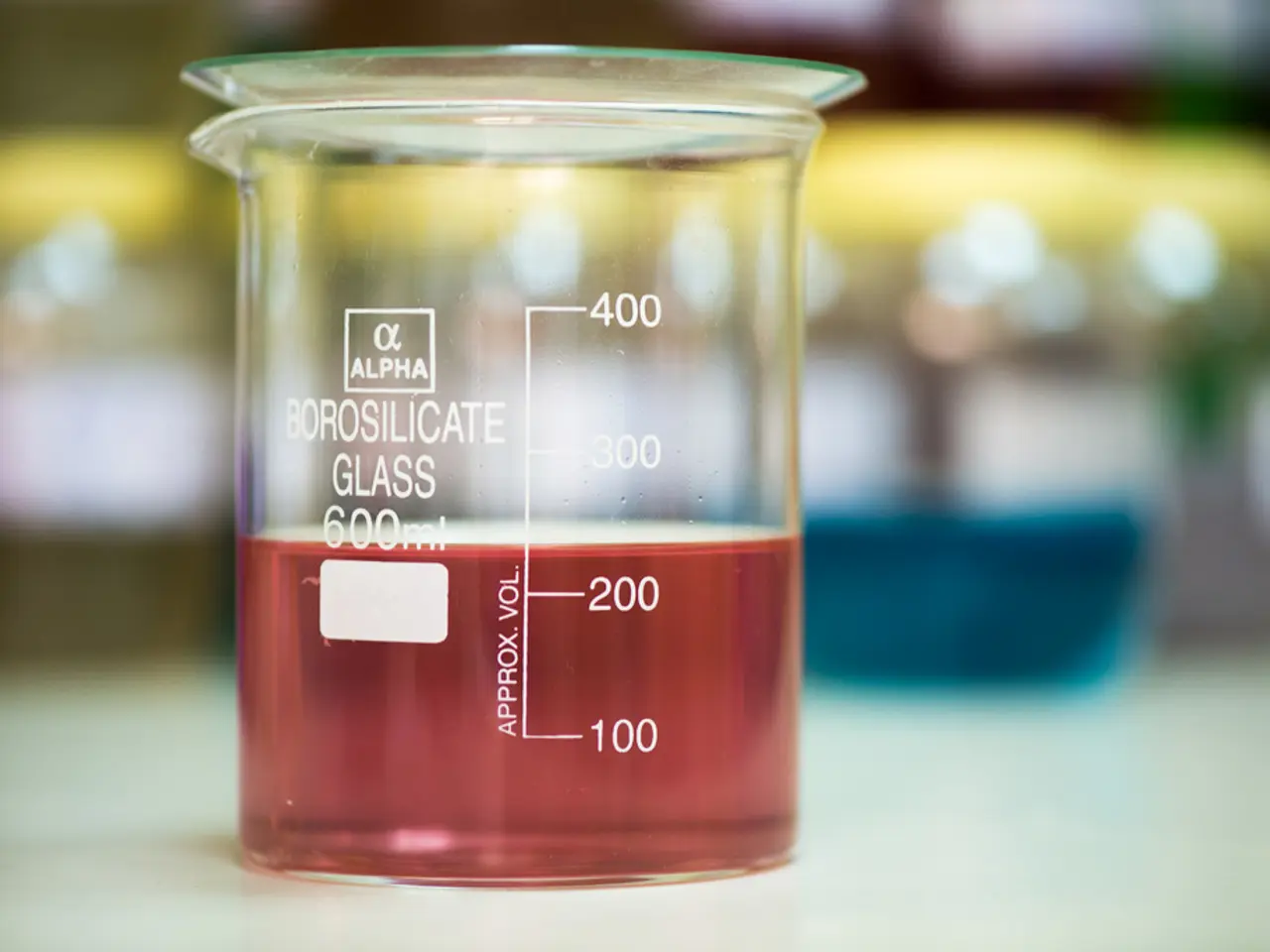Transforming Milliliters into Micrograms: A Handbook for Scientific and Medical Applications
In various fields such as medicine, chemistry, and biology, converting milliliters (mL) to micrograms (μg) is a common task. This process requires careful consideration of the substance in question, as different substances have different densities and molecular weights.
To begin, it is essential to identify the density of the substance. Density, which tells us how much mass corresponds to a given volume, is a crucial factor in converting mL to grams. For example, fentanyl, a common substance in medicine, has a density of 1.087 g/mL.
Once the density is known, the next step is to calculate the mass in grams. This is done by multiplying the volume in mL by the density in g/mL:
mass (g) = volume (mL) × density (g/mL)
For fentanyl, this would be:
mass (g) = 1 mL × 1.087 g/mL = 1.087 g
The final step is to convert grams to micrograms. To do this, simply multiply the mass in grams by 1,000,000:
mass (mcg) = mass (g) × 1,000,000
For fentanyl, this would be:
mass (mcg) = 1.087 g × 1,000,000 = 1,087,000 μg
If the substance is a compound, and you need to convert moles to micrograms or vice versa, use the molecular weight. Molecular weight (MW) in g/mol gives the mass per mole. To convert volume to moles, divide the mass in grams by the molecular weight in g/mol:
moles = mass (g) / MW (g/mol)
For fentanyl, with a molecular weight of 336.47 g/mol, this would be:
moles = 1.087 g / 336.47 g/mol = 0.00322 moles
This approach accounts for differences in substance densities and molecular weights, essential for accurate conversions between volume and mass units across different substances.
In everyday life, density plays a significant role in various situations. For example, it explains why a dense brick sinks in water while a less dense ball floats. It also helps us understand why bulky foam is lighter than a compact block of metal. Density is used in everyday life for testing the purity of milk and checking the health of plants.
In conclusion, converting milliliters to micrograms requires careful consideration of the substance's density and, if necessary, its molecular weight. This process is essential in many fields and is made simpler with the use of online density calculators.
In order to convert a substance from milliliters (mL) to micrograms (μg) in health-and-wellness or fitness-and-exercise applications, it's necessary to factor in the substance's density, as demonstrated in the example of fentanyl, a common medical-condition treatment. To convert grams to micrograms, multiply the obtained grams by 1,000,000, as shown in the conversion process for fentanyl.




